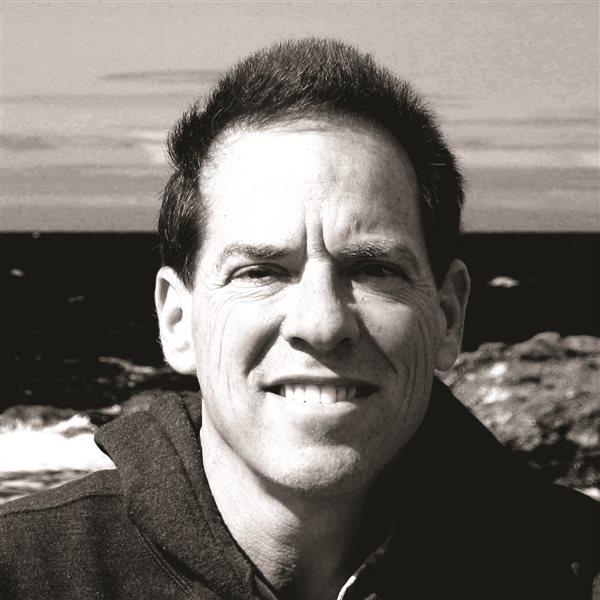I was here to earn my single-engine seaplane rating from La Placa Flying Service at Lake Havasu City, Arizona. Joe and Jean La Placa train seaplane pilots from all over the world - this in a state with just one natural lake and only four rivers that flow year-round. The La Placas also offer seaplane airline transport pilot and multiengine ratings using a rare "Twin Bee" - a twin-engine Seabee made by Republic Aircraft in the 1940s.
My training began at a tiny cove on the river with no flight school and no ramp - just a faded orange Cessna 150 on floats. Unlike normal 150s, this one features bracing behind the windshield and an electric fuel pump to ensure continuous fuel flow at high pitch attitudes. Between the seats is a handle for raising and lowering water rudders on the floats, and under the cowl lurks 150 hp, half again more than what originally came with the airplane. Floatplanes are certainly no speed demons - the oversized engine is required just to get the airplane off the water.
Like boat hulls, seaplane floats accumulate water and therefore must be pumped out before every flight. I was to become an expert at this process using both a hand pump and one powered through the cigarette lighter. "Drain the floats properly before leaving shore 'cause it's a lot tougher in the middle of the lake," La Placa counseled me. He was most certainly right.
We also checked the propeller for water erosion and cracks caused by spray - a problem so serious that wilderness seaplane pilots sometimes carry hacksaws for removing damaged prop tips to reach a place where proper repairs can be made.
After preflight, I was surprised to see two-foot lengths of tiedown rope still hanging from each of the wings. "Those show us which way the wind is blowing on the water," La Placa explained.
We zeroed the altimeter to mark the lake's surface and started the engine. "No need to test the brakes," La Placa observed with a smile. As soon as the engine starts, you're moving. There's no ground resistance to hold you in place. With rudders in the water, "idling taxi" proved surprisingly easy.
Next I learned high-speed taxi "on the step," hydroplaning like a speedboat. From there it's simple to increase power and take off. Once in the air, the Cessna 150 flew just like a landplane, but it was more stable because of additional weight and lift from the floats.
Turns out the biggest seaplane kick was flying low-really low. We spent almost all of our five flight hours within 500 feet of the water, including turning downwind for landings at 200 feet!
Height above water is tough to judge, especially under calm conditions, so for landing I learned to stabilize the approach for minimum descent rate, then wait for the airplane to land itself. Better touch down softly as there are no springs on the floats. La Placa also taught me to skim the shoreline on final approach, so as to better "feel" the lake surface ahead.
By the time I was ready for my recommendation ride with instructor Barry Grant - my chance to prove that I was ready to take the checkride - I felt like pretty hot stuff; takeoffs and landings went great. But I inadvertently "plow taxied" back to shore, slogging nose-high through the water with lots of power, without getting "on the step." You're not supposed to do that because it consumes fuel, erodes the prop, and accumulates water in the floats.
Worse yet, I didn't get all that water out for the checkride, leading to our takeoff debacle. If only that tour boat hadn't come by - me bent over the pump with my butt in the air, and all those people waving. Fortunately my efforts paid off. We took to the air and my embarrassment was quickly erased.
Along with air and water maneuvers, we flew the Colorado River north to Needles, California, traversing massive marshes and ancient Indian glyphs along the way. Best of all was craggy Topock Gorge, tumbled peaks cast aside as if by ancient gods playing in red clay. Upon our return, Jean La Placa greeted us with completed paperwork; sweet, homegrown tangerines; and a smile to match.
All too soon I was winging my way home aboard my own landplane, the Flying Carpet, rich images of sun and spray captivating my mind. When you learn something new, no matter how many others have preceded you, there's a bit of pioneering associated with it. The popular TV show slogan notwithstanding, all it really takes for adventure is to boldly go where you have never gone before. Flying gives us that opportunity time after time.



